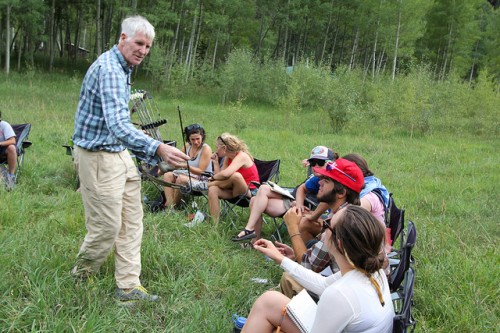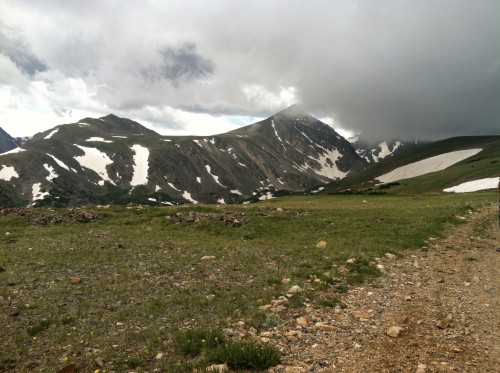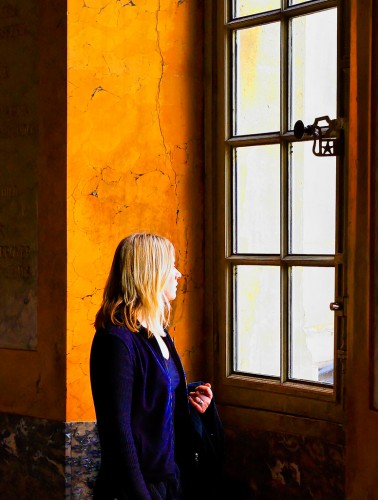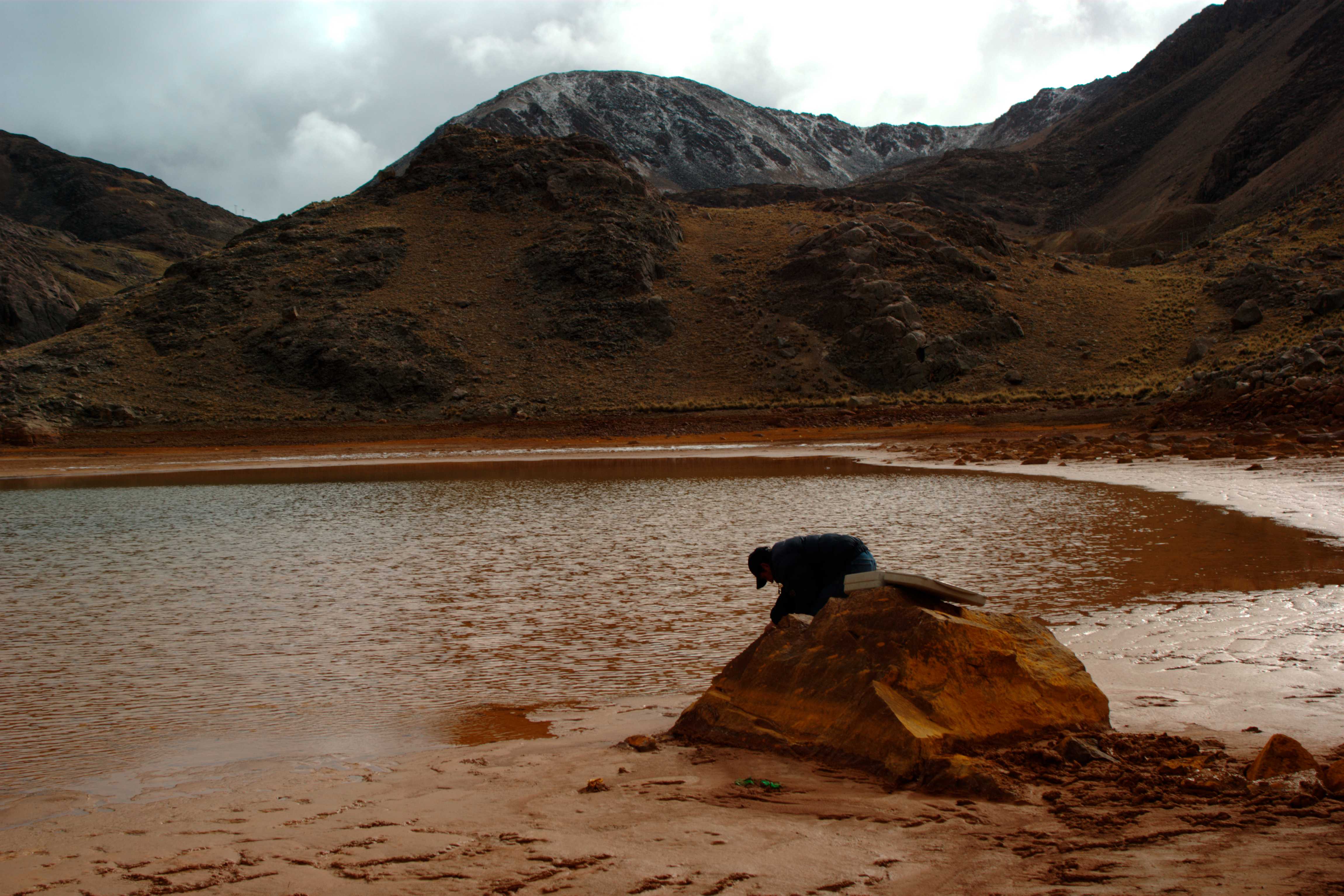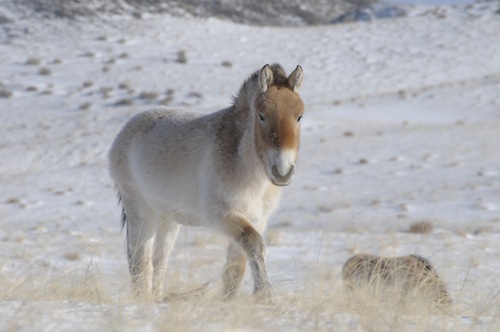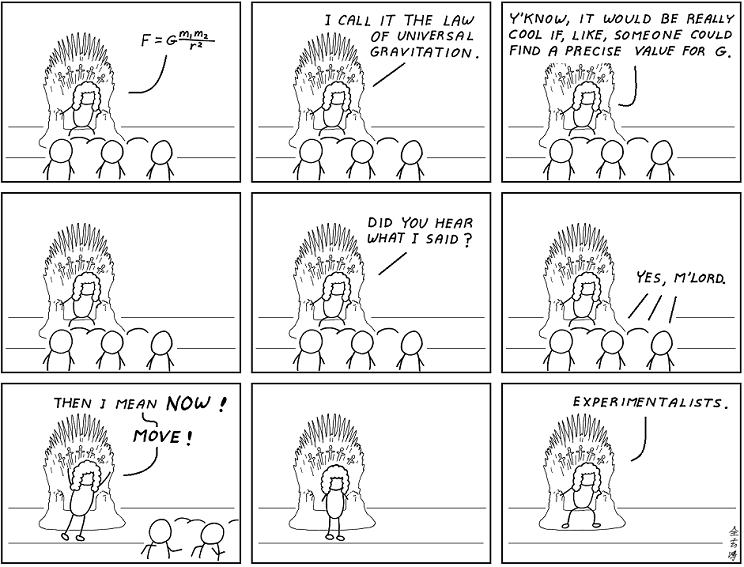 1) The Lucasian throne is the Lucasian Chair, a funded and highly honored academic position at Cambridge University that is famous, partly because it’s currently held by Stephen Hawking and partly because its first holder was Isaac Newton. 2) Who, as you know, invented/discovered the law of gravity. Translating that equation up there, the force by which Mass #1 is attracted to Mass #2 depends on their distance, their radius, apart and on some entity called G. 3) G’s name is the gravitational constant, meaning it’s everywhere and always the same number.
1) The Lucasian throne is the Lucasian Chair, a funded and highly honored academic position at Cambridge University that is famous, partly because it’s currently held by Stephen Hawking and partly because its first holder was Isaac Newton. 2) Who, as you know, invented/discovered the law of gravity. Translating that equation up there, the force by which Mass #1 is attracted to Mass #2 depends on their distance, their radius, apart and on some entity called G. 3) G’s name is the gravitational constant, meaning it’s everywhere and always the same number.
4) Finding that number is not the job of theorists, like Newton, but of the “half-human creatures doing their bidding” (a quote from a physicist), the experimentalists. 5) Experimentalists have the dirty job of dealing with reality, in this case, the reality of trying to measure a small gravitational constant while stuck in the earth’s large gravitational field. “Just take the earth away,” say the theorists. 6) So finding G took experimentalists over a century — “Experimentalists, get your shit together,” says AG’s little mouseover.
7) G turns out to be tiny and experimentalists are still fussing about its details, measuring it to higher and tinier accuracies. 8) Next problem: finding how gravity actually does it. You know how light is carried by particles moving in waves? Gravity should follow the same plan but they can’t find the particles and they can’t find the waves. 9) Sorry, Newton. It’s not getting better, is it.
____________
http://abstrusegoose.com/510
 This month I’ll be writing from the Banff Centre for the Arts in Canada’s Rocky Mountains. They’ve assigned me a writing studio in the woods and each day I make the short hike to work from the hotel-style residence rooms. In the hallway this morning I press the elevator button and the door opens.
This month I’ll be writing from the Banff Centre for the Arts in Canada’s Rocky Mountains. They’ve assigned me a writing studio in the woods and each day I make the short hike to work from the hotel-style residence rooms. In the hallway this morning I press the elevator button and the door opens.